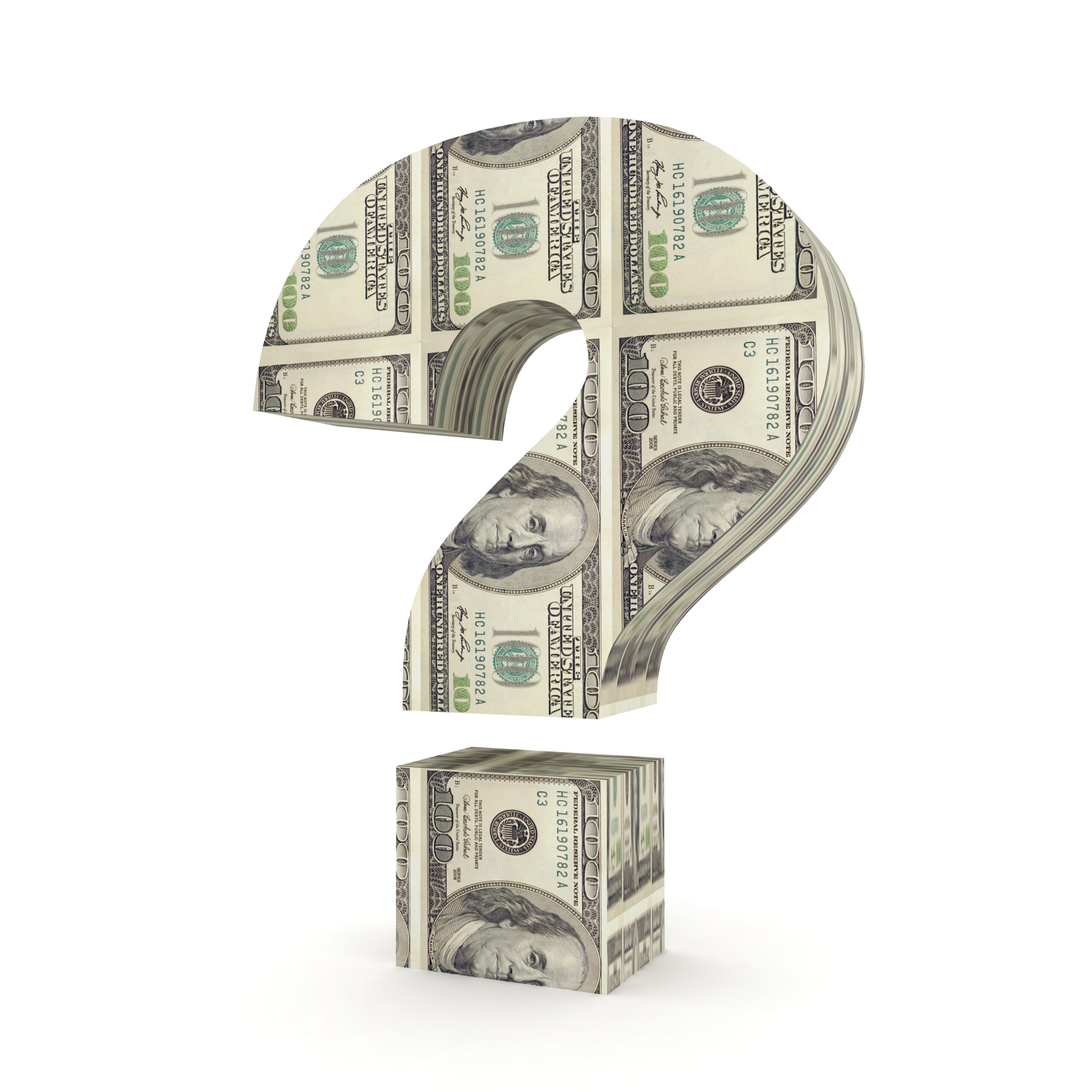To print this article, all you need is to be registered or login on Mondaq.com.

Stock Market Commentary
Following a strong end to 2023, U.S. stocks continued their
climb through the first quarter of 2024. In the first 50 trading
days of the year, the S&P 500 Index had 17 all-time closing
highs—the most for the start of a year since 1998. Though the
positive performance broadened out some from artificial
intelligence–related hype, it was still led by a handful of
large companies, with Nvidia, Microsoft, Meta, and Amazon each
contributing over 0.5% to the index’s positive 10.6% return for
the quarter. The communications, energy, and technology sectors
were up the most, while interest rate–sensitive sectors such
as utilities and real estate struggled as investors believed rates
may need to remain higher for longer to combat a recent uptick in
inflation.
International markets were positive as well. The MSCI EAFE
Index, which tracks the performance of equity markets in developed
countries outside of the United States and Canada, returned 5.9%
for the quarter. Japan’s major stock market index, the Nikkei
225, reached a new high for the first time in nearly 35 years,
despite that country’s economy almost falling into a
recession.
The MSCI Emerging Markets Index eked out a 2.4% gain, as Chinese
stocks saw a modest rally. So far, the Chinese government has not
employed strong stimulus to help their faltering economy, and the
valuation discount between Chinese stocks and their global peers
remains near record levels.

Bond Market Commentary
After robust returns in the last quarter of 2023, fixed-income
markets were relatively flat in the first quarter of 2024. The
Bloomberg US Aggregate Bond Index was down 0.78%, while high-yield
bonds were up 1.47%.
Inflation remained the primary concern for many central banks.
Switzerland unexpectedly cut its key interest rate in March,
becoming the first advanced economy to make such a move. EU, UK and
Canada held rates steady in the first quarter of 2024. All three
countries indicated they would lower their key interest rates as
early as the second quarter. Not all countries desired lower
inflation, however. Japan, which had inflation well below its 2%
target for years, embraced higher inflation after years of
deflation. In March, Japan increased its key rate to at least zero,
ending its negative interest rate policy after eight years.
In the U.S., the Federal Reserve maintained its current fed
funds rate, although Fed Chair Jerome Powell also reaffirmed
projections for cuts later this year. A high fed funds rate means
attractive yields, especially for short-term bond investors. The
return for 3-month U.S. Treasury Bonds remained at the highest
level in the past 23 years, yielding 5.36% at the end of the first
quarter.


Economic Commentary
Economic growth in the U.S. remained robust during the first
quarter of 2024 even as the Federal Reserve kept a watchful eye for
signs of a slowdown in the face of restrictive monetary policy.
Historically, high interest rates eventually lead to lower
inflation through lower growth and higher unemployment. During this
economic cycle, however, inflation appears to be falling toward the
target levels without the correlating economic slowdown. While it
may not be time to declare a victory lap for the Fed’s
“soft landing” just yet, it does appear as if the central
bank’s policy goals are within reach with minimal economic harm
realized thus far.
Consumer sentiment is rising, new home sales are steady,
existing home sales are picking up, and unemployment, while rising
at the margin, is still at a low 3.8%. The Consumer Price Index
rose slightly to 3.5% in March from 3.2% in Febuary, primarily due
to increased gasoline prices and airfares, but the Fed indicated no
ongoing concern about these increases when giving comments to
Congress in early March.
As Fed Chair Powell testified on Capitol Hill, “We believe
that our policy rate is likely at its peak for this tightening
cycle.” We agree, but we see the possibility for rates to
remain “higher for longer” this cycle while still
anticipating a rate cut before year end.

The content of this article is intended to provide a general
guide to the subject matter. Specialist advice should be sought
about your specific circumstances.
POPULAR ARTICLES ON: Finance and Banking from United States
#Quarterly #Investment #Update #1st #Quarter #CommoditiesDerivativesStock #Exchanges










